Thunderstorms can be thrilling to watch: the darkening skies, the rolling thunder, the moment when the rain finally starts pouring down. (There’s a reason there are thousands of cool lightning-strike videos online!) But even though they don’t get quite as much coverage as hurricanes, thunderstorms can also be dangerous; damaging winds, flash flood-causing heavy rains, hail and tornadoes are all associated with thunderstorms.
Fortunately, if you keep an eye on the forecast and prepare your home, your property—and more importantly, your family—you can weather the storm. Here’s how to get ready, stay safe during the storm and deal with the aftermath.
Watch The Weather Forecast
- Know the difference between a thunderstorm watch and a thunderstorm warning. A watch simply means conditions could lead to the development of a storm. A warning means a thunderstorm has already developed and been spotted nearby.
- If you’ve just moved and are new to an area, learn the name of your county and surrounding ones, as well as cities and landmarks close by. The National Weather Service usually issues thunderstorm warnings by county, so this will help you understand if your home or workplace is in danger.
- Get a battery-powered or hand-crank weather radio, so you can receive updates even if the power goes out.
Prep Your Home Before A Thunderstorm
- With the spring thunderstorm season approaching, now’s a good time to go out and cut down any dead or rotting branches or trees that could fall on your home in a strong wind.
- If a thunderstorm is headed your way, bring in any outdoor furniture that could be blown around or damaged by hail, close and shutter windows (or close blinds and drapes) and unplug appliances and computers to protect them from power surges that could be caused by lightning. The Red Cross suggests making a checklist of outdoor items to secure in case of a thunderstorm and posting it on your fridge as a handy reminder.
- Charge all phone and electronic devices ahead of the thunderstorm in case the power goes out. Move computers and electronic devices off of the floor to avoid water damage if it floods.
- Turn off circuit breakers to avoid power surges from lightning strikes.
- If you plan to use a portable generator, make sure it’s installed by a qualified electrician. NEVER operate a portable generator inside your home or garage.
- Bring pets inside if you can; the Centers for Disease Control and Protection (CDC) warns that most doghouses are not sturdy enough to protect canines from severe weather.
- If you live in a mobile home, consider riding out the storm in a public building or a neighbor’s house. According to NOAA’s National Severe Storms Laboratory, wind gusts over 50 mph lasting just three seconds can damage mobile homes. (That’s less than the threshold for a storm to be classified as “severe,” which is gusts of 58 mph or more or 1-inch hail or a tornado.)
During The Thunderstorm
- Go inside and stay there, away from windows and doors. Avoid using corded phones (wireless handheld devices are OK, says the National Weather Service) and doing the dishes or laundry, since lightning can travel through metal plumbing fixtures. (If this seems inconvenient, consider that according to the CDC, 33 percent of lightning injuries happen indoors!)
- In severe thunderstorms with high winds or a tornado risk, head to a windowless interior room or the basement, but don’t lean against concrete walls or lie on concrete floors. Most are reinforced by metal bars or webbing, notes the CDC, and lightning could travel through the metal and injure you.
- Give frightened pets access to a place to hide, like a crate or other enclosed space, but leave the door open, the Humane Society suggests. (If dogs or cats panic, they might try to scratch or chew their way out of a crate or room and injure themselves.) Our What Do I Do With My Pet In An Emergency article has tips to keep your pets prepared and safe during extreme weather.
After The Thunderstorm
- Stay inside at least 30 minutes after you last hear thunder to be sure the storm has passed.
- Heavy rains during thunderstorms can flood low-lying areas, so don’t drive over flooded roadways or through puddles when you aren’t sure of their depth.
- Watch out for downed power lines, fallen branches and other potentially dangerous debris, and keep pets on a leash to help them avoid these hazards, too. Never touch a person or object (fences, tree limbs, water, etc.) that has come into contact (directly or indirectly) with a downed power line, but call 911 immediately.
- Have a qualified electrician inspect any water-damaged electrical equipment, systems or electronics.
- Do not touch a circuit breaker or replace a fuse with wet hands or while standing on a wet surface.
- If you smell gas, notify emergency authorities immediately. Do not turn on lights, light matches, use electrical equipment or do anything that has the potential to create a spark.
Many storms don’t just involve thunder and lightning, but downpours, too. Check out the tips in our Safe Driving in Heavy Rain story, and get a quote on affordable homeowners insurance through the GEICO Insurance Agency.
Have you been affected by severe weather? Start your claim here.

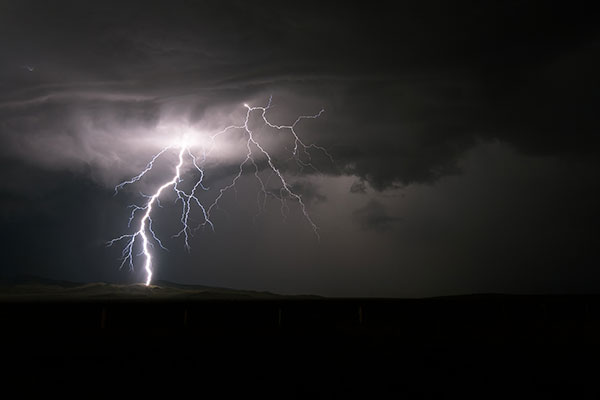


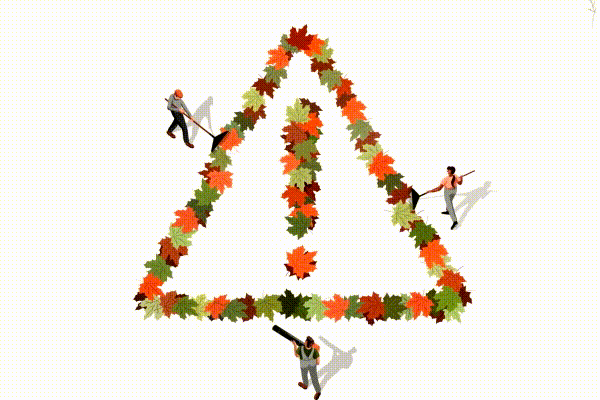
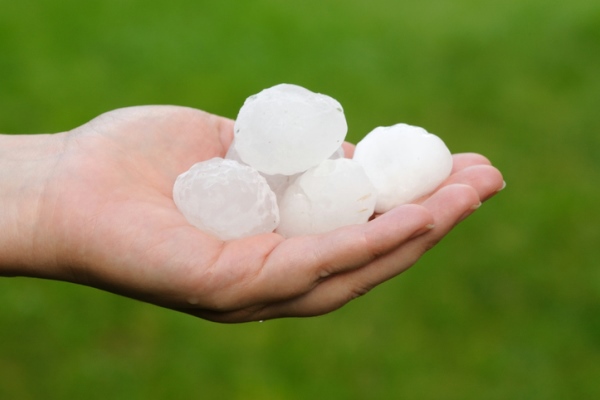

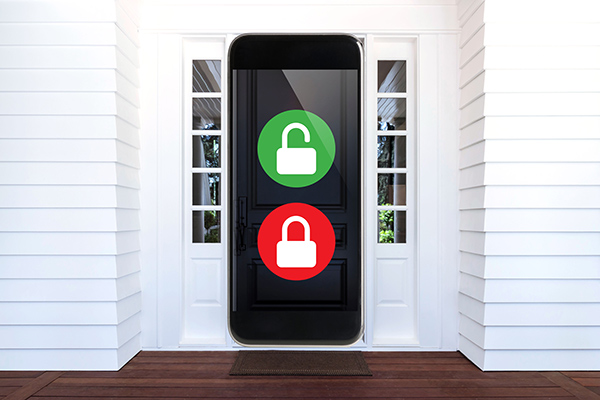
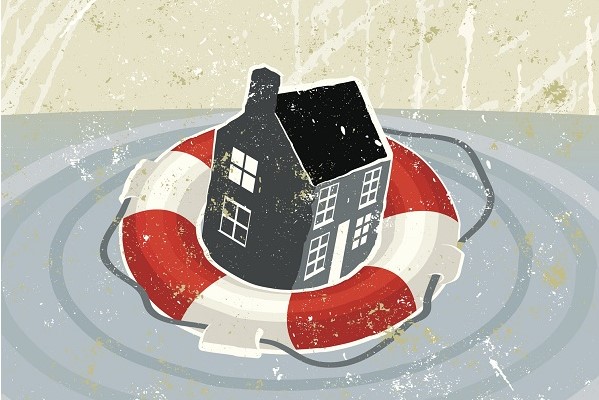
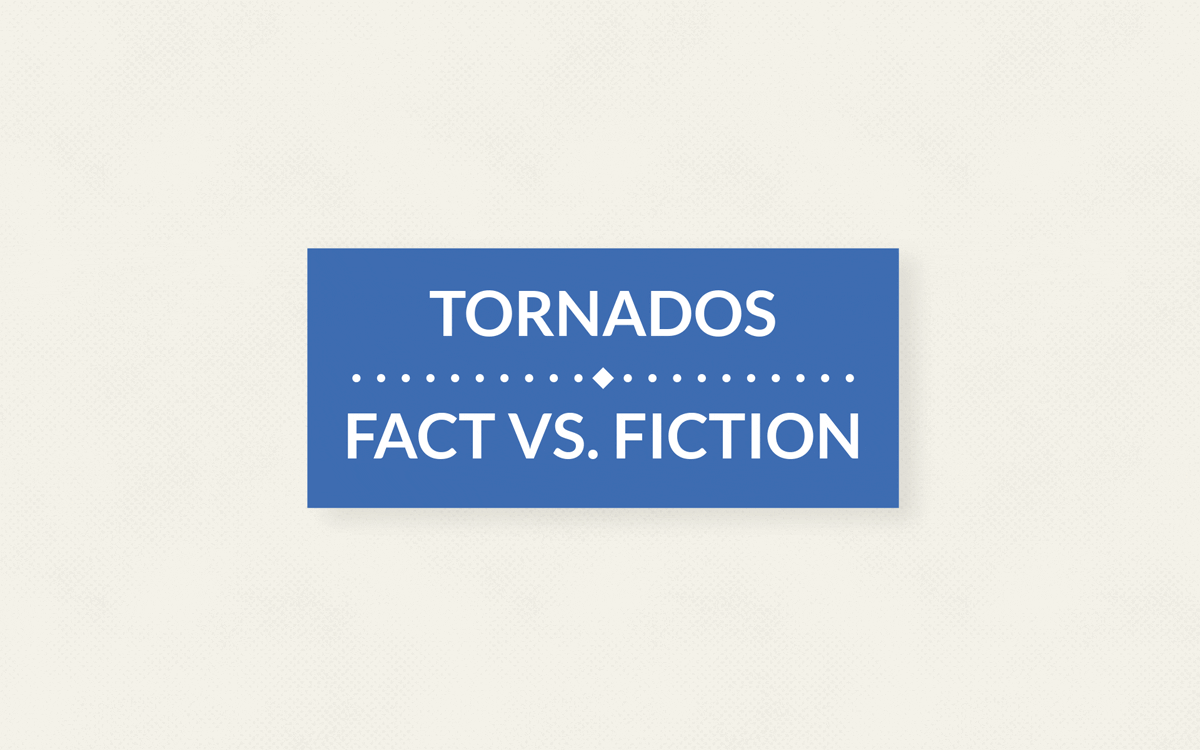
Jakayla says,
Reading this article helped when I was frightened about a thunderstorm
Kendall Ryder says,
It is smart to bring in any furniture that could be damaged, or cause damage to your home. That way, you won’t have to worry about it causing any problems during the storm. Plus, you can keep the furniture safe, so that it doesn’t end up getting destroyed.
flash says,
Yes exactly